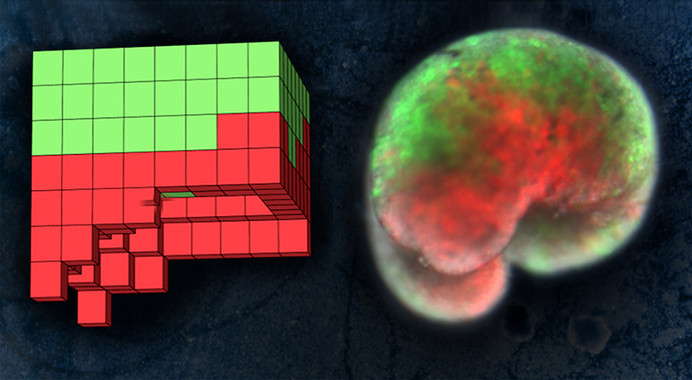Create the first biological robots designed with artificial intelligence
2020/01/20 Elhuyar Zientzia Iturria: Elhuyar aldizkaria

They are made up of stem cells, but have been designed by a computer. These are the first purely biological robots, as published in PNAS magazine. They are small, just 0.1 cm, to travel in the human body. Because they are biological machines, robots are more interesting than conventional ones to perform work inside the human body: they can be used to transport drugs in the body and deliver them intelligently, remove plaques from the arteries or restore damaged tissues. The authors have stated that the arbitrary creation of three-dimensional biological forms would give a great boost to medicine, but for this, they would first have to clarify how to get the cells to perform a certain function.
For the creation of biological machines, researchers took stem cells from the embryos of the African frog Xenopus laevis and incubated them (hence their name, chenorobotas). Growing up they were remodeled to have a body shape designed with artificial intelligence. From there, the skin cells themselves joined the structure creating a protective skin and thanks to the movement of the heart muscle they acquired the ability to move. The existence of a deposit of lipids and proteins allows them to survive for a week in media where there are no other foods.
Although Xenorobot cells contain frog DNA, they have not taken frog form, their anatomy is not the one that is biologically predetermined, but the one that researchers have modeled and designed. Thus, in addition to the medical progress that can involve the creation of functional robots, researchers at the University of Vermont have stated that the morphogenetic code of living beings can be a first step in the decryption process.

Gai honi buruzko eduki gehiago
Elhuyarrek garatutako teknologia





